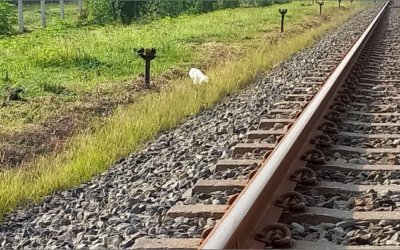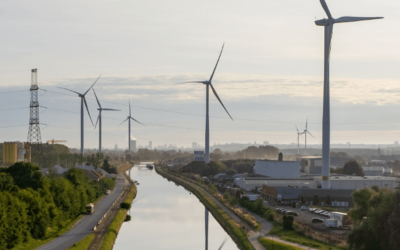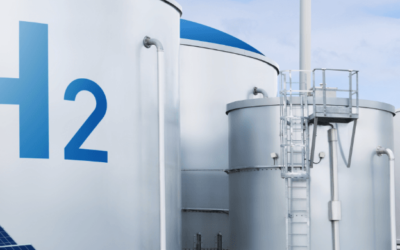Sustainable infrastructure
Connecting Europe Facility (CEF)
The Connecting Europe Facility (CEF) is a key funding instrument for more growth, jobs, and competitiveness in Europe. CEF supports projects that focus on the development and construction of new and modernised infrastructures in the transport, energy, and telecom sectors.
CEF programmes focus on sustainable investments in European infrastructure. The new CEF (2021 – 2027) will focus more on climate change, digital connectivity, and renewable electricity.
In short
CEF overview
Governments (state, provinces, municipalities)
Companies (port, industrial, logistics and service companies)
Grant for research and development of modern infrastructure
Grant for improvement and renewal of transport, telecom and energy infrastructure in Europe
The budget for CEF Transport 2021-2027 is € 25.81 billion, this is divided into:
- General envelope: € 12.83 billion
- Cohesion envelope: € 11.29 billion (not for the Netherlands)
- Military mobility: € 1.69 billion
The budget for CEF Energy 2021-2027 is € 5.84 billion.
The budget for CEF Digital 2021-2027 is € 2.07 billion.
Overview of
CEF themes
CEF Transport
- Shifting to innovative energy-efficient and low-carbon transport technologies
- Making transport systems more sustainable and efficient
- Solving missing links in the network
- Removal of existing infrastructure bottlenecks
- Better interconnection of the railway networks and transport services of the Member States
- Improving cross-border infrastructure
- Alternative Fuels Infrastructure facility (AFIF).
CEF Energy
- Connecting, digitising and making energy systems smarter in Europe for a powerful energy network.
CEF Digital (Telecom)
- Improving digital connectivity
- Creating very high-capacity broadband networks
- Increasing the resilience and capability of backbone networks
- Improving the digitalisation of transport and energy networks.


Meet the requirements
CEF conditions
To be eligible for financial support under CEF, your project must be classified as a Project of Common Interest.
You can only submit a project if the country in which the project owner is located supports it.
Why this grant?
Purpose of CEF
”The way in which we will travel and transport goods in the coming years is going to be more sustainable, and I am excited to be able to contribute to these physical changes. My perseverance in turning projects into a good-news story and bringing the right parties together is my main asset.”
Contact Simone Zwijnenberg →


Project funding
How much CEF funding can you receive?
How much CEF funding can you get for a project? Depending on the nature of the project, you can be reimbursed for the following costs:
Studies or study projects with pilot activities: these are projects that prepare for large-scale implementation projects, so-called works. These projects generally receive a grant of 50% of the project costs.
Implementation projects: these receive grant percentages ranging from 30% to 50% of the project costs.
Keep up to date
News
EGEN supports ProRail with successful LIFE application for nature-friendly vegetation removal along railway tracks
The new call of the European LIFE programme has been opened in April. LIFE is the European Union’s funding instrument for projects focused on nature, environment, climate, and the energy transition. It offers a unique opportunity to turn innovative and sustainable...
Two new Horizon calls published for sustainable energy
The European Commission's Horizon Europe Work Programme for 2023-2024 has allocated 188.6 million EUR to support sustainable energy projects within Cluster 5. This cluster covers the areas of Climate, Energy and Mobility, and as such is a vital component of the EU’s...
Three tips for a successful EHB Auction proposal
The European Hydrogen Bank (EHB) is an initiative of the European Commission established in 2023 with the aim to support among other things the EU domestic renewable hydrogen production. At EGEN, we are dedicated to navigating the European Hydrogen Bank Auction...


